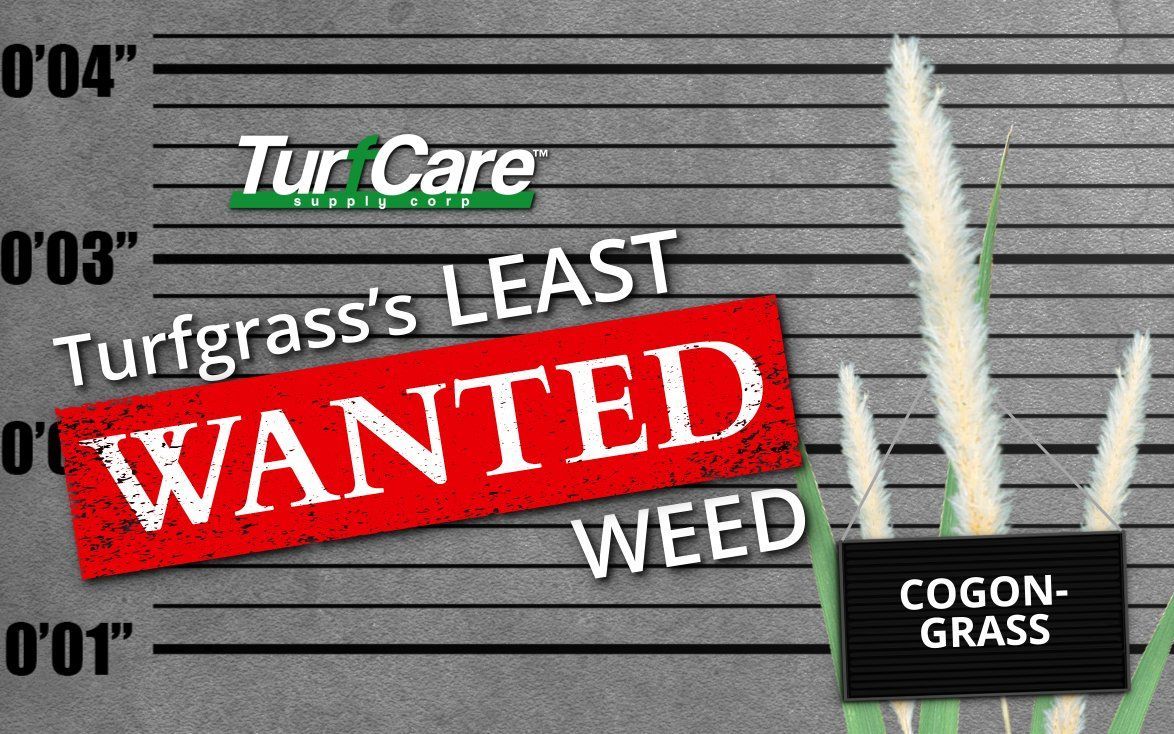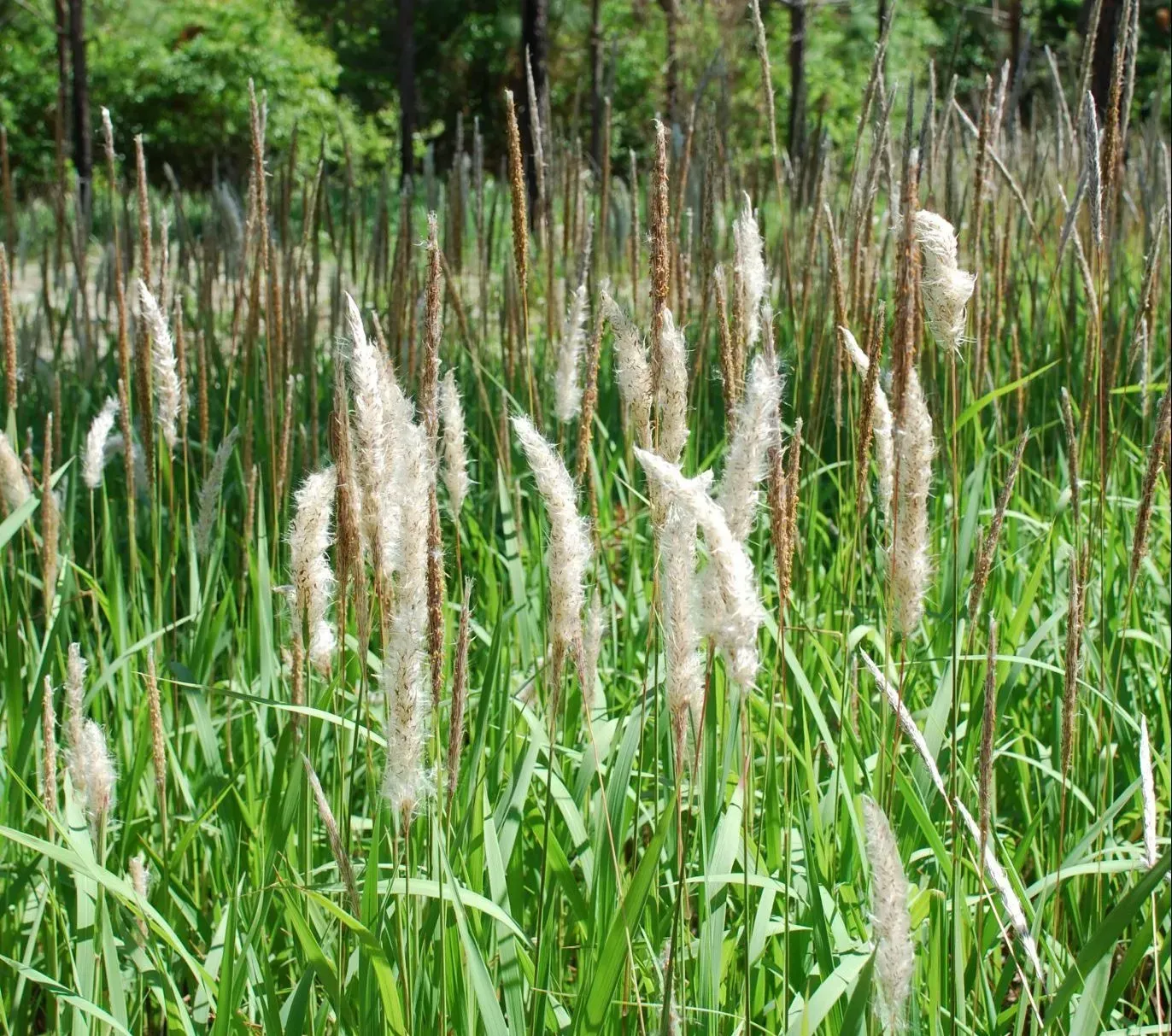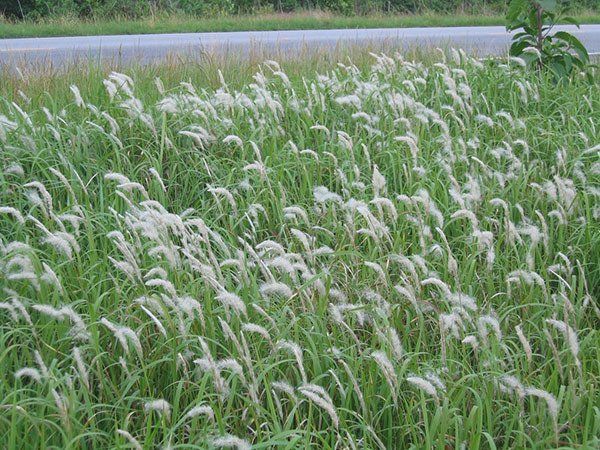Turfgrass's Least WANTED Weeds - Cogongrass


WHERE IT GROWS
It is found on every continent, although it does not tolerate cool temperatures. In US, cogongrass extends as far west as Texas and as north as South Carolina. It infests turf, ditch banks, pastures, golf courses, and along forest tree lines. It thrives on low-fertility soils from fine sand to heavy clay.
IMPACT
This weed has two methods of spreading: the dispersing of its 3000 seeds per plant by way of wind currents, but the main way it spreads is through a network of rhizomes. When established, this perennial weed is very difficult to get rid of. In areas with killing frosts, the leaves will turn light brown during winter months and present a serious fire hazard. 60 percent of its growth is below the surface in a dense web of sprawling, dirt-hugging roots. This allows the plant’s rhizomes to cause physical injury to other plants by penetrating roots with its sharp rhizome tips. Like many other weeds, it is highly competitive for water and nutrients.

HOW TO MANAGE
If cogongrass has invaded your turf, then you need to take aggressive action before it spreads. Tiling or digging out the grassy weed can be an option; however, you can run the additional risk of spreading the rhizomes and increasing the invasion. Multiple treatments of a non-selective herbicide are recommended to control and completely eradicate the weed. The best way to avoid this weed is prevention. Regular
nutrient treatments and applying a pre-emergent herbicide will keep your turfgrass healthy and dense, reducing the chance of a weed infestation and assuring you maintain your beautiful turf.
For more information on our Combo Herbicides , Click Here.
For green industry professionals or others interested in ordering Turfcare products, please contact our Customer Service to find a distributor near you.
The TURFReport Highlights:
Additional Articles and Insights
















